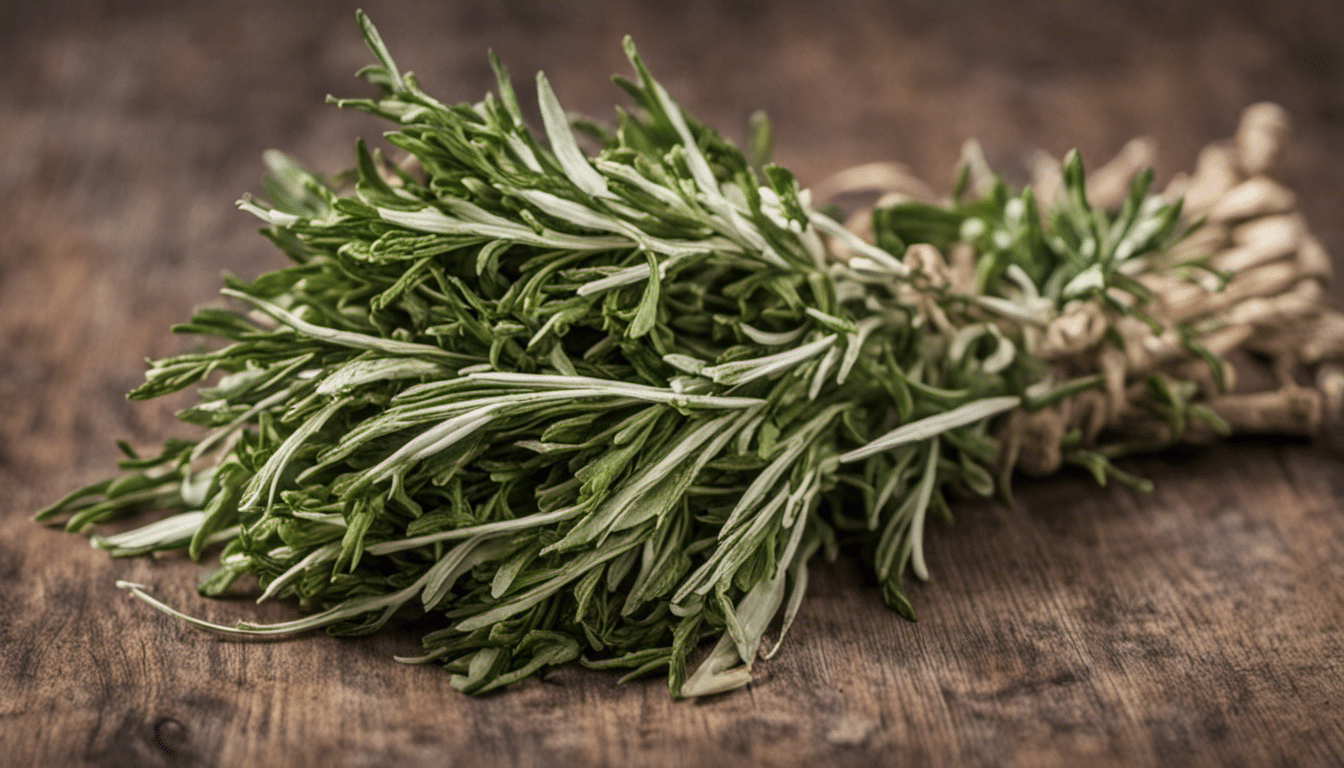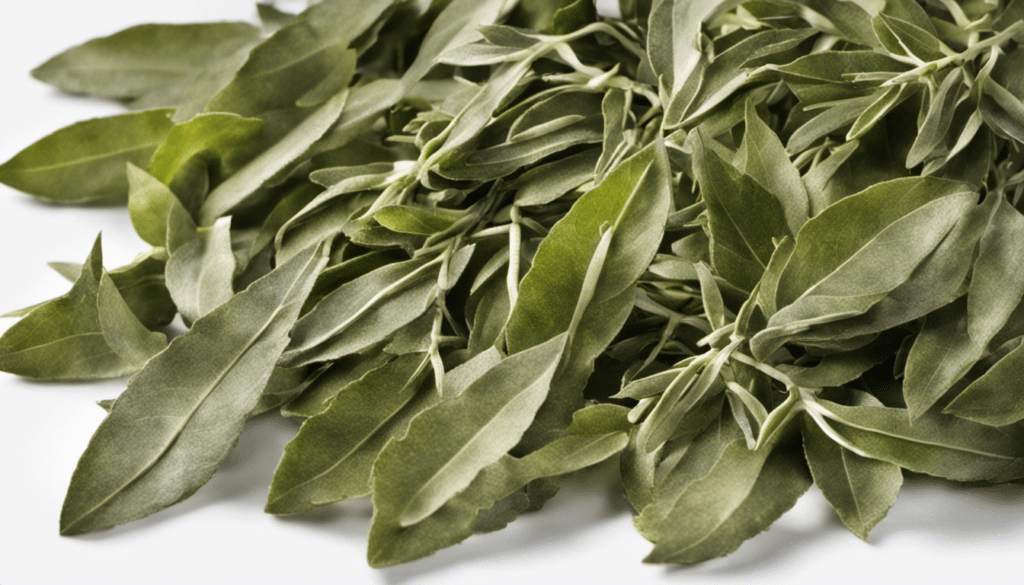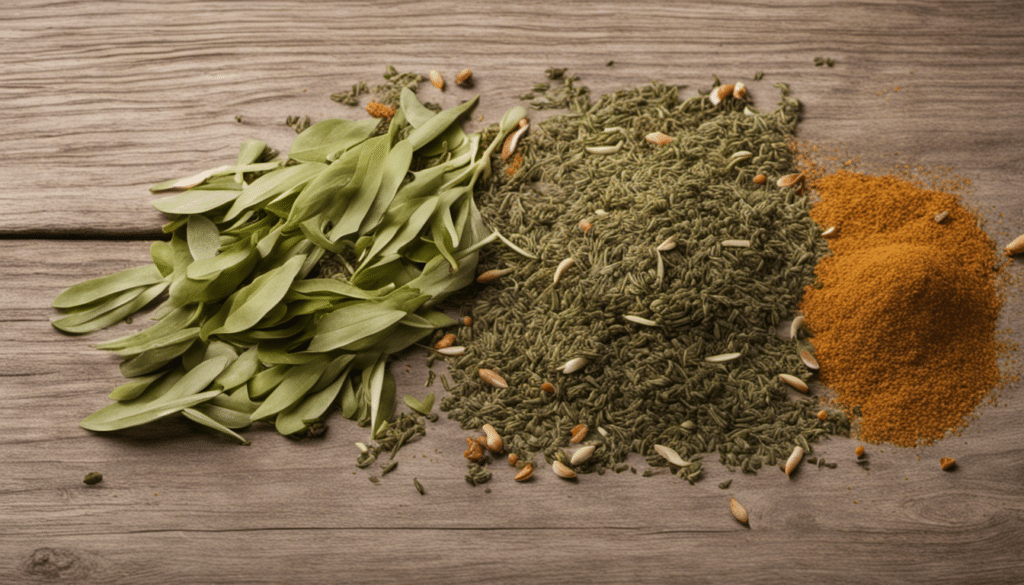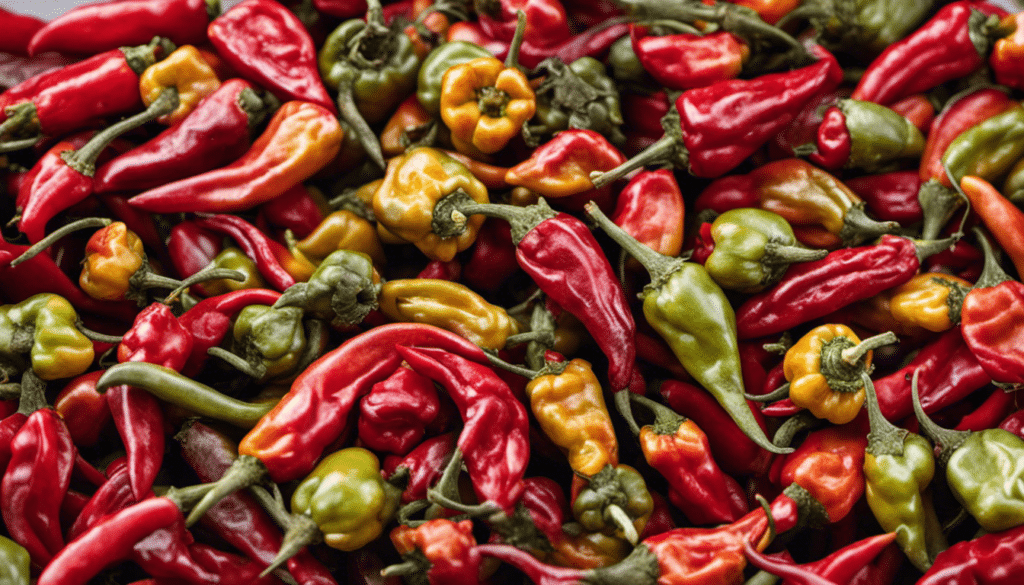All About Artemisias
The world of herbs and spices is vast and diverse, often overwhelming for even the most adventurous gourmand. Today, we delve into the realm of relatively unfamiliar, yet supremely fascinating genus — Artemisia. Known for their robust aroma and distinct flavors, plants from the Artemisia genus have graced human cuisine, medicine, and culture for centuries spanning multiple civilizations.
Delving into the Origins
Belonging to the daisy family Asteraceae, the genus Artemisia comprises 200-400 species of flowering plants. These plants are native to temperate Europe, Asia, Northern Africa, and North America but are now found globally due to their adaptability [source]. The genus was named after Artemis, the ancient Greek goddess of wilderness, childbirth, and virginity, associating the plant with healing and protection.
The various Artemisia species are known by fascinating names like Wormwood, Mugwort, Sagebrush, and Southernwood. Most famous among the lot is Artemisia absinthium used to craft the legendary beverage Absinthe, while Artemisia dracunculus gives us the delectable culinary herb, Tarragon.
Health Benefits of Artemisia
Artemisia is not just about adding a unique flavor profile to your dishes. There’s also a wealth of health benefits associated with this genus. Traditional systems of medicine celebrated Artemisia for its purported healing abilities. Modern science is beginning to corroborate these old wives’ wisdom by unraveling the therapeutic potential hidden within these herbs.
Artemisia annua or Sweet Wormwood gained global attention when its compound, Artemisinin, was discovered to be effective against malarial parasites. This ground-breaking discovery was awarded the Nobel Prize in Medicine in 2015. Various Artemisia species have also shown potential as antibacterial, anti-inflammatory, antioxidant, antiviral and anticancer agents due to their complex phytochemical compositions [source].
However, it’s important to handle Artemisia with respect and caution. Excessive and inappropriate consumption might lead to potentially harmful side effects, including neurotoxicity and hepatotoxicity. It’s always advisable to consult with a trained professional while consuming Artemisia for health benefits.
Culinary Applications of Artemisia
Beyond its medicinal properties, the Artemisia genus also has rich culinary traditions. Artemisia dracunculus, better known as French Tarragon, is extensively used in French and Western European cooking. With a bittersweet flavor profile that’s somewhat similar to licorice and anise, Tarragon is a key ingredient in the classic Béarnaise sauce and is popular for seasoning chicken, fish, and egg dishes.
On the other end of the flavor spectrum is Artemisia absinthium or Wormwood. Revered for its intensely bitter taste, Wormwood is a key ingredient in crafting Absinthe, Vermouth, and several other alcoholic beverages.
In conclusion, whether it be Saint Hildegard’s Medieval medicinal miracle or Van Gogh’s green fairy-inspired hallucinations, Artemisias have been involved with our tales historically, medicinally, and gustatorily. As we recognize yet another fascinating corner of our gourmet universe, with Artemisia, there is always an added dash of mystery and magic.
Recipe Ideas
- Artemisia and Pork Soup
- Grilled Chicken with Artemisia herb
- Artemisia and Seafood Paella
- Beef Stew with Artemisia
- Artemisia-infused Olive Oil for Salad Dressings
- Artemisia and Mushroom Risotto
- Roasted Lamb with Artemisia Sauce
- Pizza Garnished with Mozzarella and Artemisia
- Pasta with Artemisia and Garlic
- Artemisia infused Lemonade




